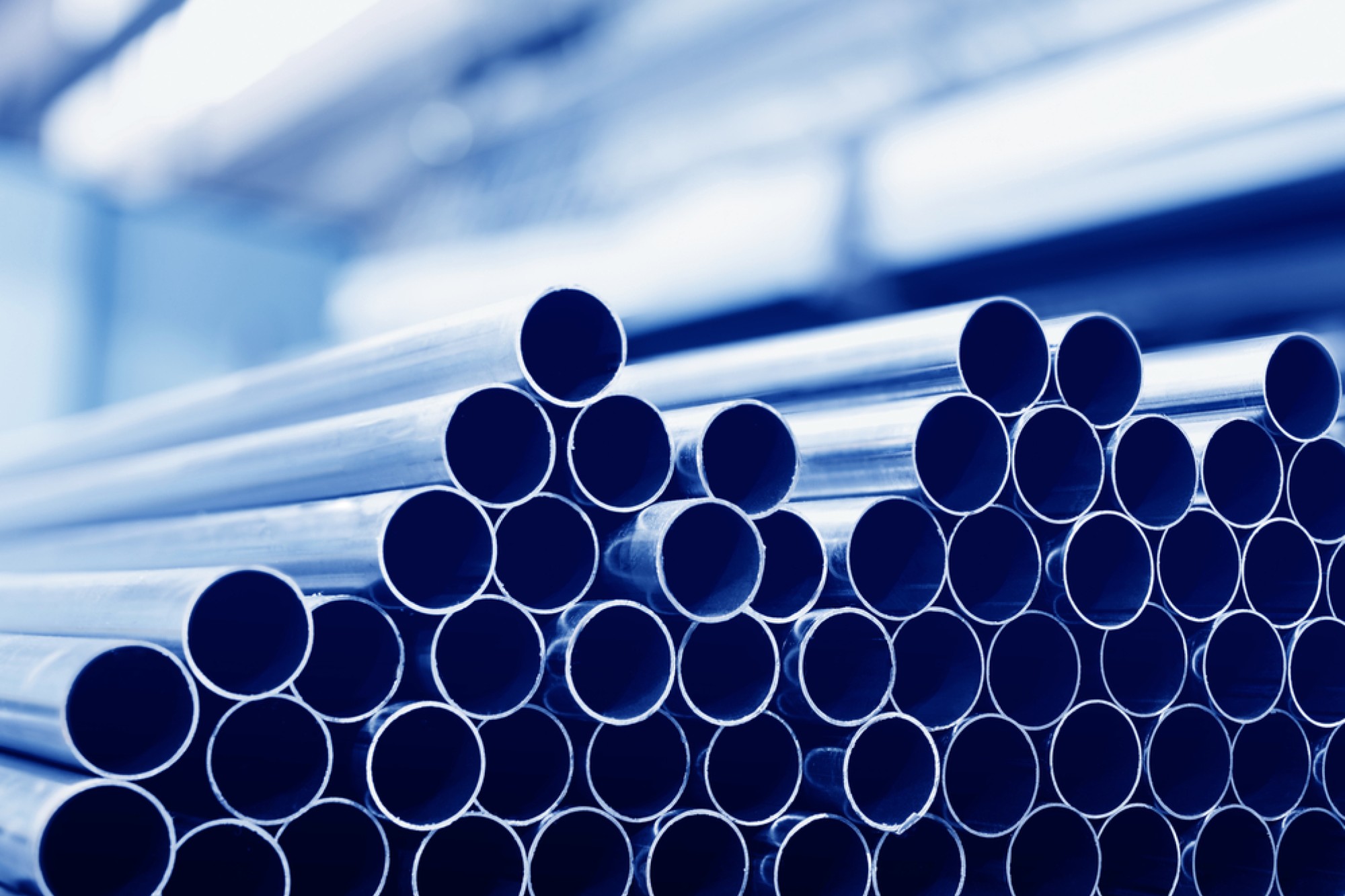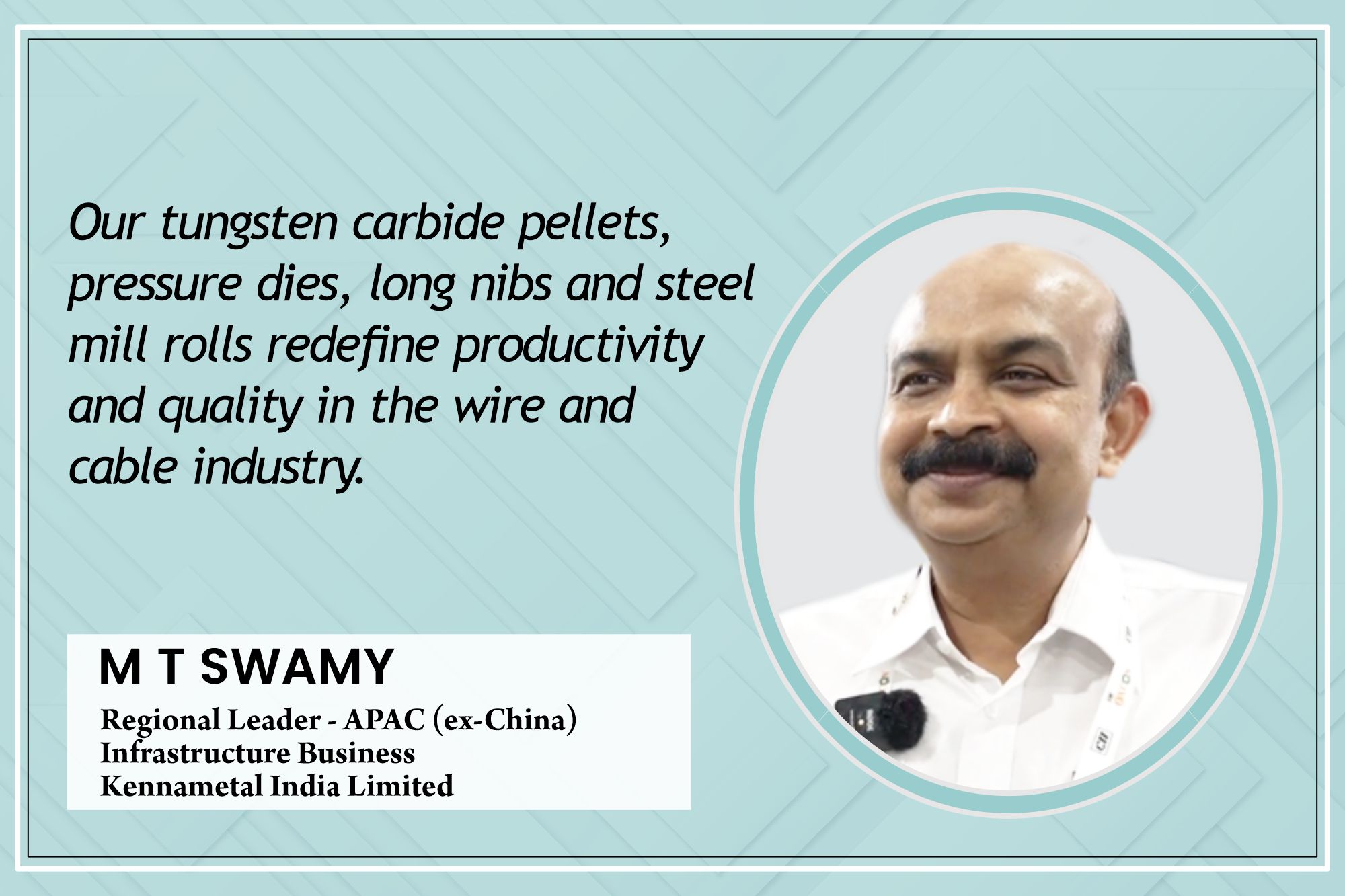The sustainability future of hot melt adhesives
By Edit Team | June 11, 2024 6:11 pm SHARE

In this article, we delve into the environmental considerations shaping the trajectory of HM adhesives and highlight industry efforts to minimise their ecological footprint.
The move towards sustainability is one of the most critical developments in hot melt (HM) adhesives. Due to environmental concerns, eco-friendly adhesives are becoming increasingly in demand. Manufacturers are putting more and more effort into developing adhesives with less of an impact on the environment. This article discusses the future of hot melt adhesives, focusing on environmental concerns that influence this rapidly evolving industry.
Hot melt adhesives, a global adhesive solution, have been addressing environmental concerns since their introduction to the market in the 1950s. They now cover between 15 percent and 21 percent of all adhesives produced and consumed worldwide, serving various sectors including bookbinding, furniture, electronics, consumer products, packaging, construction, and healthcare.
Most base polymers used in hybrid melamine adhesives (HM adhesives) now available on the market come from petroleum resources. Examples include ethylene vinyl acetate, polyesters, polyamides, polyurethanes, polyolefins, and block copolymers of styrene, butadiene, or isoprene. The basic resin generally significantly impacts adhesion strength, and cohesion strength is the most highly desirable property of the HM adhesive.
It is possible to get better adhesive performance and lower emissions by lowering the temperature necessary for applying HM adhesives, reducing thermal deterioration and requiring less energy. One path towards sustainability is a lower application temperature. In recent years, manufacturers have made HM adhesives entirely bio-based, sustainable, and biodegradable. This move aims to reduce their reliance on limited petroleum resources while ensuring 100 percent recyclability for packaging applications. Researchers have studied various bio-based cohesive polymer substitutes, including lactic acid-based polymers, starch- or cellulose-based polymers, lignin, protein-based polymers, and bio-based polyamides. Tall oil resins, rosins, rosin esters, polyterpenes, and hydrocarbon resins are currently the most common tackifiers. The distinctive features of polylactic acid and polycaprolactam HM adhesives are excellent hot tack and a combination of a long open time and a moderate setting time. One can also create biodegradable HM adhesives for food packaging applications using the same copolymer in the same molar ratio.
Like many other industries, the adhesive industry is under increased regulatory scrutiny, particularly regarding emissions of volatile organic compounds (VOCs) and the usage of toxic substances. Further advancements in adhesive composition and application techniques will be necessary to ensure that future HM adhesive breakthroughs meet these regulatory frameworks. Global trends increasingly demand high-performance materials and prioritise environmental sustainability, reflecting direct alignment with progress.
For more information, visit: https://superbond.co.in/
Cookie Consent
We use cookies to personalize your experience. By continuing to visit this website you agree to our Terms & Conditions, Privacy Policy and Cookie Policy.






































































